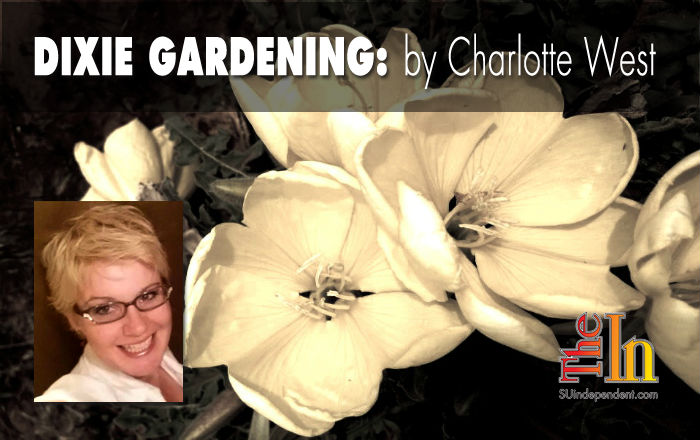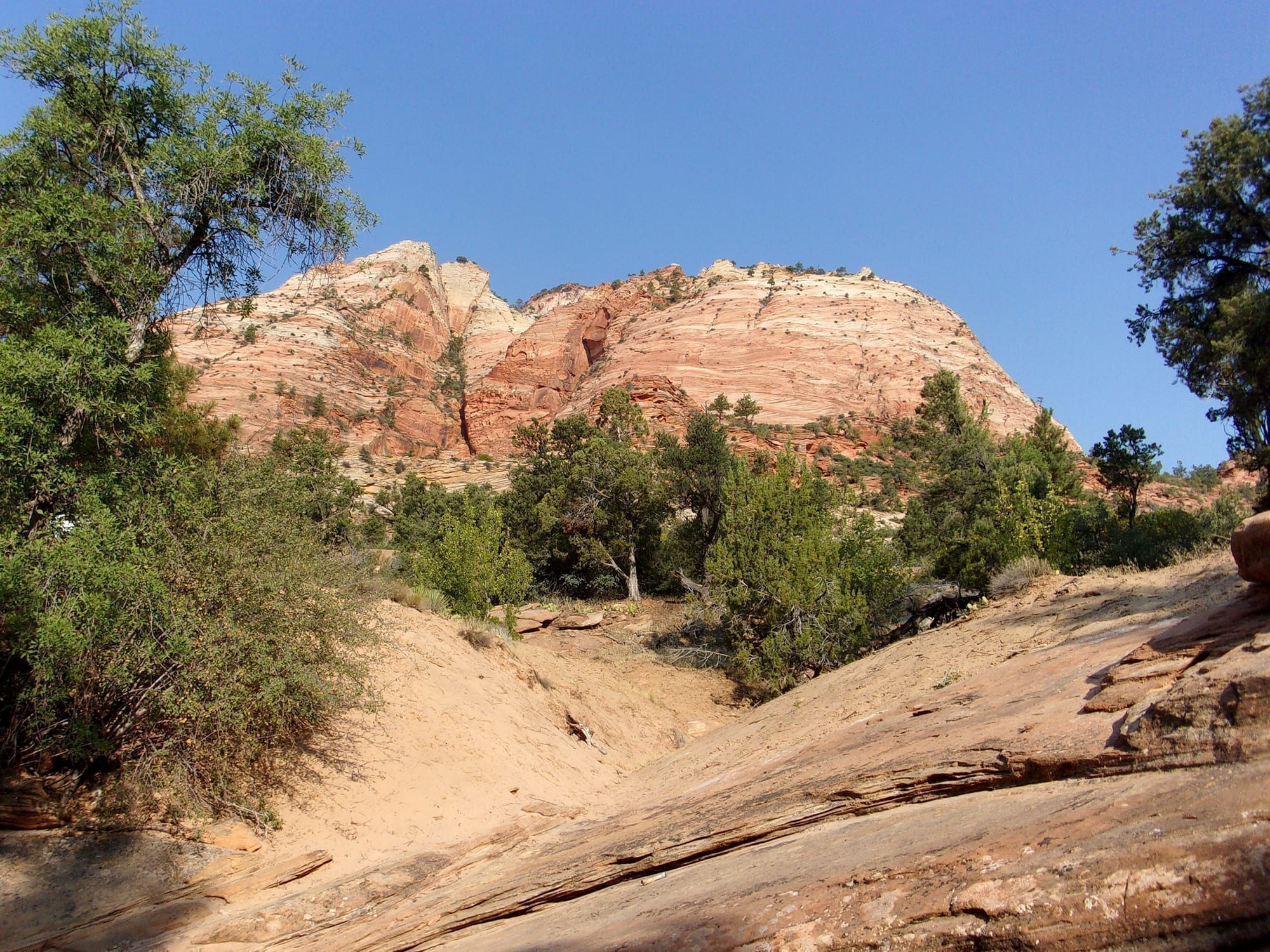 Written by Charlotte West
Written by Charlotte WestPhoto by Greta Hyland
Understanding the basics of annuals, biennials, and perennials will be a great helping hand in your garden endeavors.
Annuals are plants that germinate, grow leaves and shoots, flower, set seed and die within a short period of time. Usually less than one year. Consulting with your local grower or nursery will help you determine which annuals are the best for your growing region. You need to know this because from Cedar City to St. George and surrounding cities you will find varying growing zones.
Cool season annuals such as sweet pea and calendula grow best in the milder temperatures of fall and spring enjoying the cooler soil. With warm season annuals such as sunflowers and cosmos being fond of the warmer months in late spring, summer and early fall. You can plant your warmer weather annuals after the last frost has passed. They do well from starter plants or direct sow.
If purchasing annuals from starter plants make sure to choose plants that are relatively young and with little to no flowers. Shy away from leggy plants or those with yellowing leaves. These can be signs of plants that are becoming root bound (too large for their pots) and tend to establish more slowly and often flower poorly.
The key to success with annuals is to keep them evenly moist but not soggy, fertilizing regularly with a balanced fertilizer and dead heading (meaning removing the flowers that die regularly). I prefer to simply pinch the dead flowers or foliage off rather than using the pruning shears or scissors as you must be careful not to remove more than 1/3 of the flowering stalk.
Biennials on the other hand typically complete their life cycle within 2 years. During their first year they grow into leafy foliage and non blooming plants typically surviving the winter. The following year they flower, set seed and then die. Once again, utilize your local growers knowledge to find out which cycle your biennials are in before purchasing.
If growing biennials from seed you can sow in containers or direct seed. Just make sure to follow the instructions indicated on your seed packet often doing so in late spring through summer. You can even transplant your young plants in the fall. Water in well and mulch around the plants. Take care, however, not to smoother the foliage. And as soon as the new growth of spring appears you may want to use a well balanced fertilizer.
Perennials (my favorite of the three categories) fall into the largest of these three groups. They vary greatly in habits of growth and water demand. But one thing all perennials have in common is they live for more than two years. At the end of their growing season they reappear to start the next. They are easier to care for than annuals or biennials in the fact that they are happy with just routine watering. However, there are what I like to call “ Desert Perennials” that once they are established require very little watering and even do great in poor soil conditions. Read up on Perennials and educate yourself to find out which ones will be the right ones for you.
Throughout the blooming season of perennials you will want to dead head them, not only to keep your plants tidy but to prevent them from diverting their energy into seed production. Be sure in late fall or even winter to remove the old, dead, or fallen foliage. You may want to lightly mulch them over depending on your growing zone. But be careful not to mulch too heavily. As you still want plenty of air to reach your plant. In a couple of years you may notice that your perennials may become to crowded or start to clump. This is when you can dig and divide. But that is a subject for a whole other article.
Hopefully this information helps clarify the differences between these three plant categories because now is the time to get things straight so you can prepare for your best annuals ever, to anticipate your exciting biennials, and to enjoy the faithful perennials.
Charlotte West moved to southern Utah in 2004 from the farmlands of southern Arkansas, where cultivating the earth is a way of life. Her experiences give her a unique perspective on how plants grow, adapt, and survive in different climates. She finds great joy in sharing her knowledge with others and tending to her garden. From seedlings to 70-year-old elms, she can help you with your horticulture needs.




